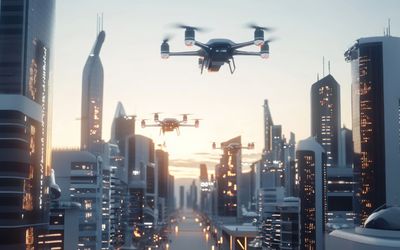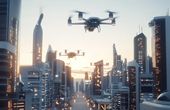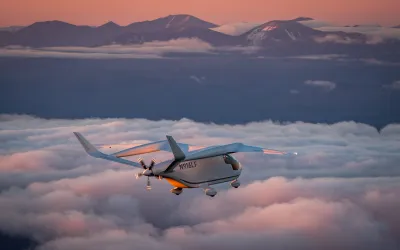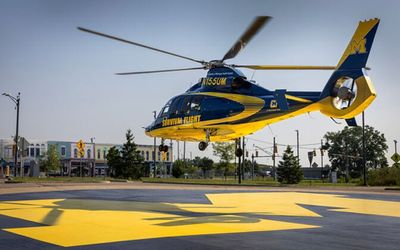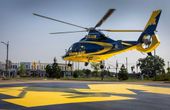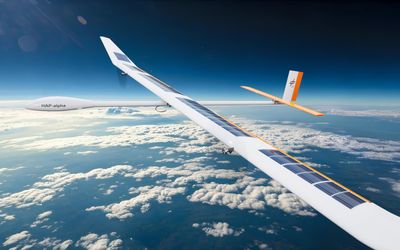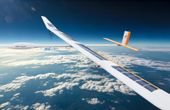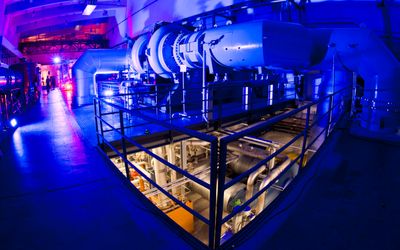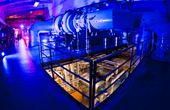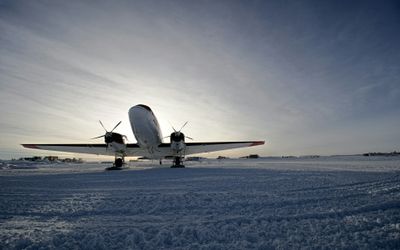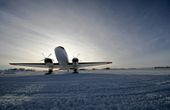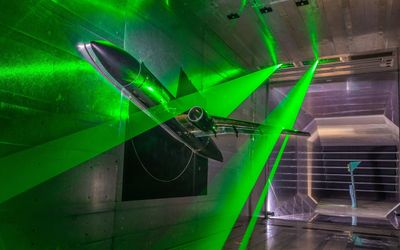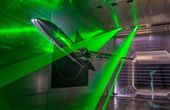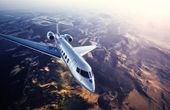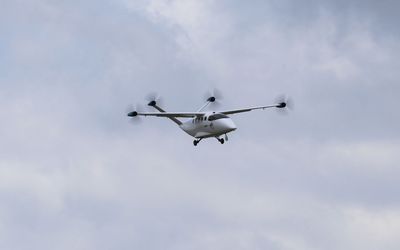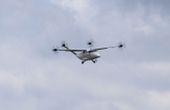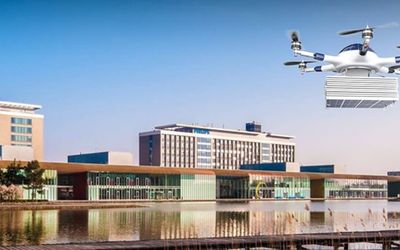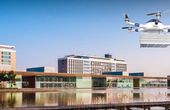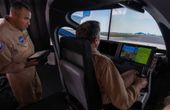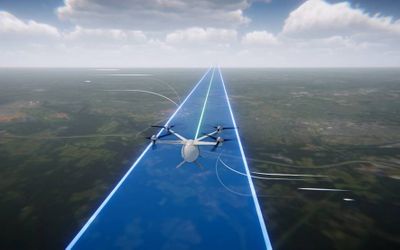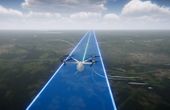Tagged with
electric aircraft
ORGANIZATIONS. SHAPING THE INDUSTRY.
Latest Posts
Power electrification and automated driving are being promoted at a remarkable speed for automobiles owing to advances in electronic technologies such as batteries, motors, and power electronics. On the other hand, strict safety requirements are imposed on aircraft engines. Therefore, electrifying them has been considered unfeasible on both a technical and commercial basis, which resulted in efforts in that area being shelved.
HyBird is a small, hybrid-electric aircraft concept. Its goal is to serve routes of less than 1000 kilometres and with low passenger volumes in a climate-compatible way. The German Aerospace Center (DLR) has now successfully conducted the first flight of a 1:4 scale demonstrator of HyBird at the National Experimental Test Center for Unmanned Aircraft Systems in Cochstedt.
Developing Urban Air Mobility and future-proof cities needs planning, forward-thinking and just a bit of Serendipity
Air taxis and flying cars may seem like science fiction, but for Onland, founder of Serendipity, these are real-world technologies he’s helping cities and countries prepare for now.
In a world that runs on data, computer simulations are among our most powerful tools for investigating any scenario. The same is true for NASA Advanced Air Mobility (AAM) researchers as they plan the future of the national airspace. Together with industry partners, these researchers are delivering the data needed to allow self-flying electric air taxis and drones to execute flight paths as easily as your phone maps your car’s route.
Tabletop exercises allow researchers to explore options and test scenarios in fields from military strategy and cybersecurity to disaster response planning. Now, NASA is using tabletop exercises to test how electric air taxis will fit safely into the national airspace – allowing passengers to one day hop across town or to a neighboring city by using new highways in the sky.

